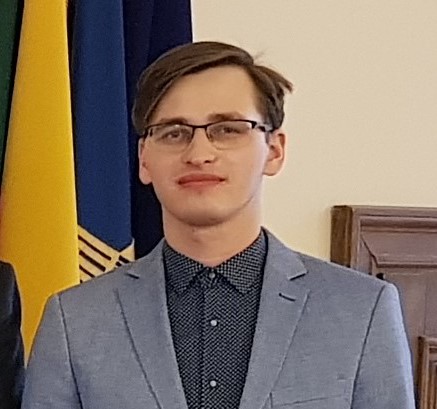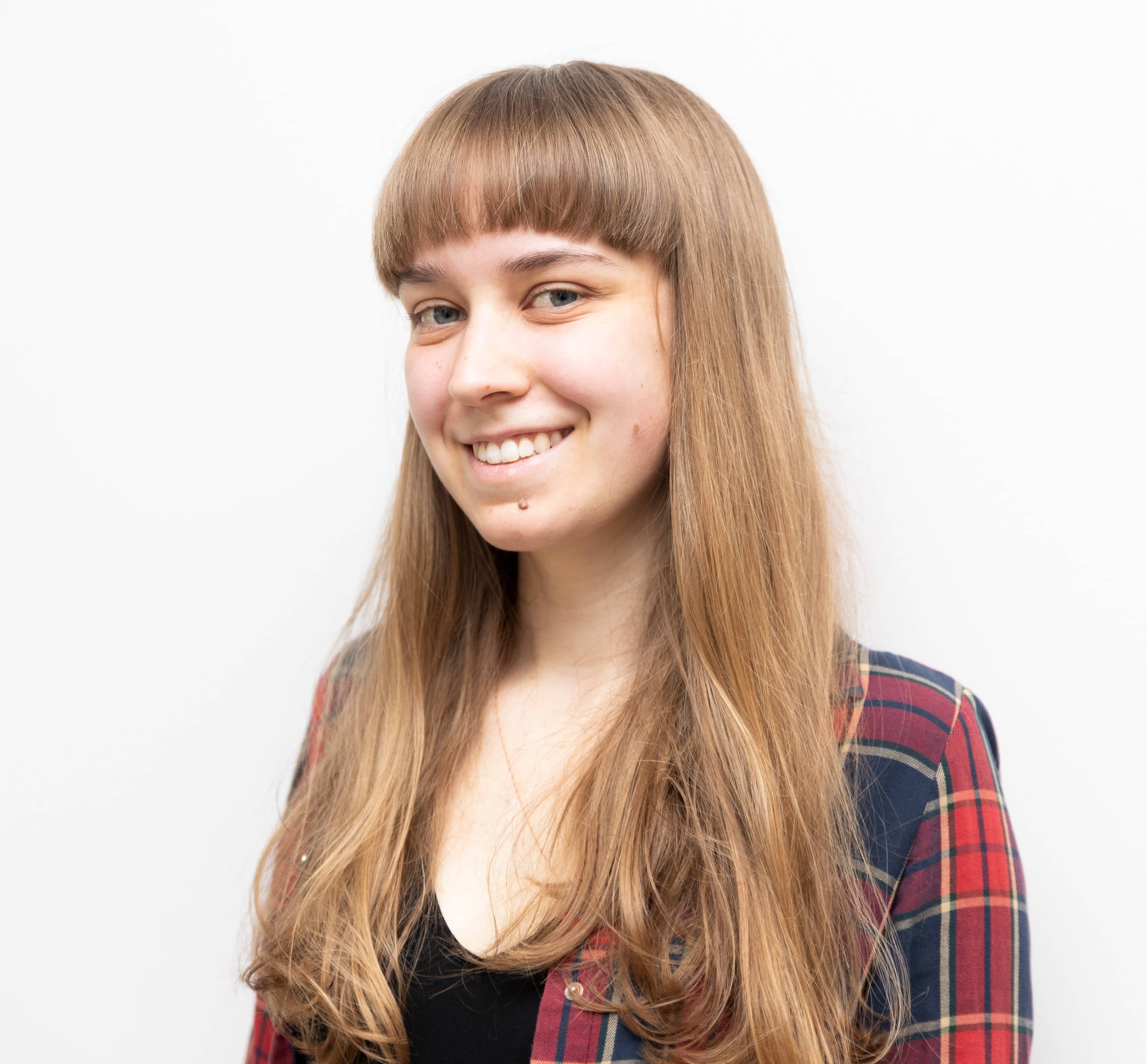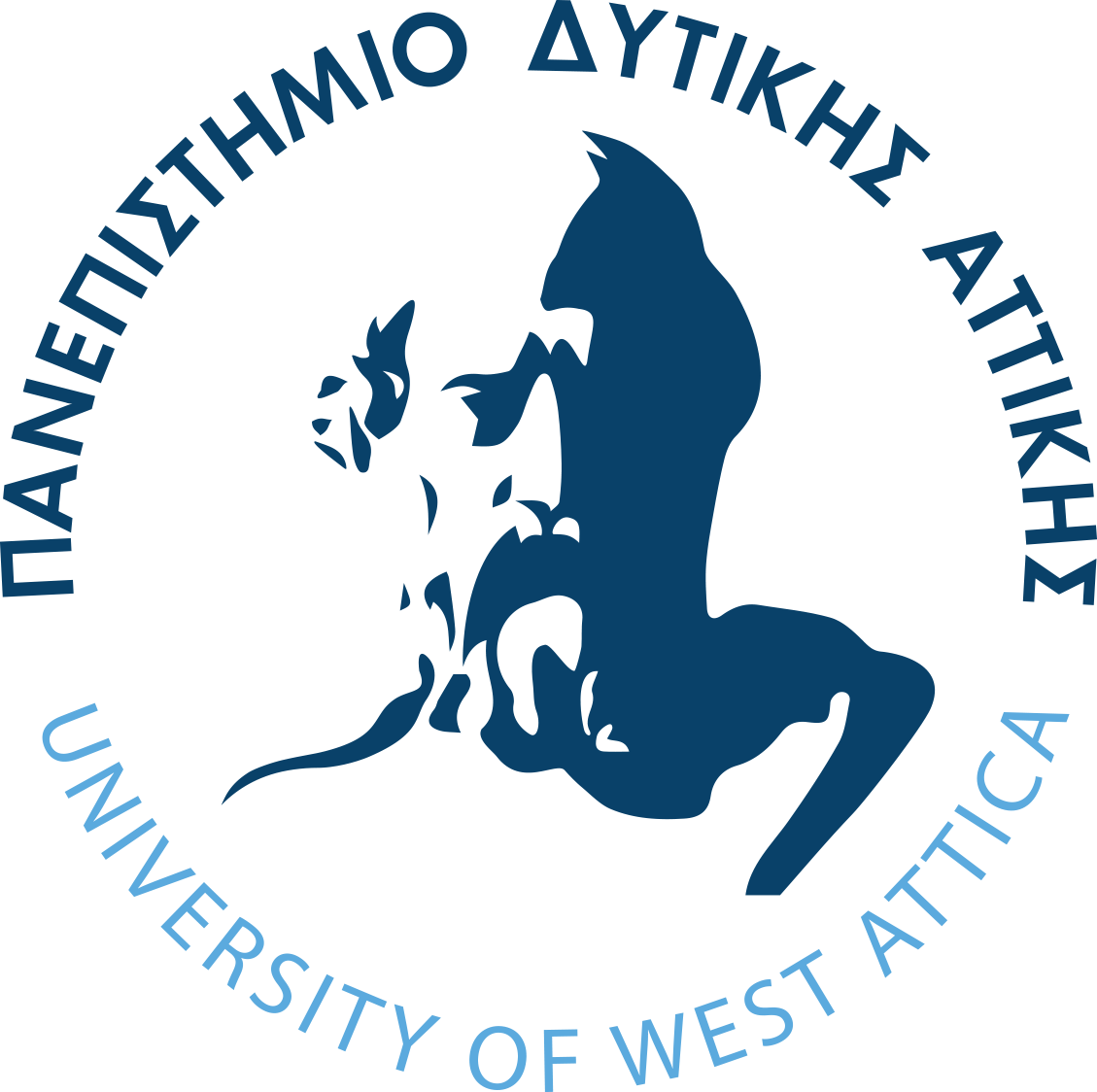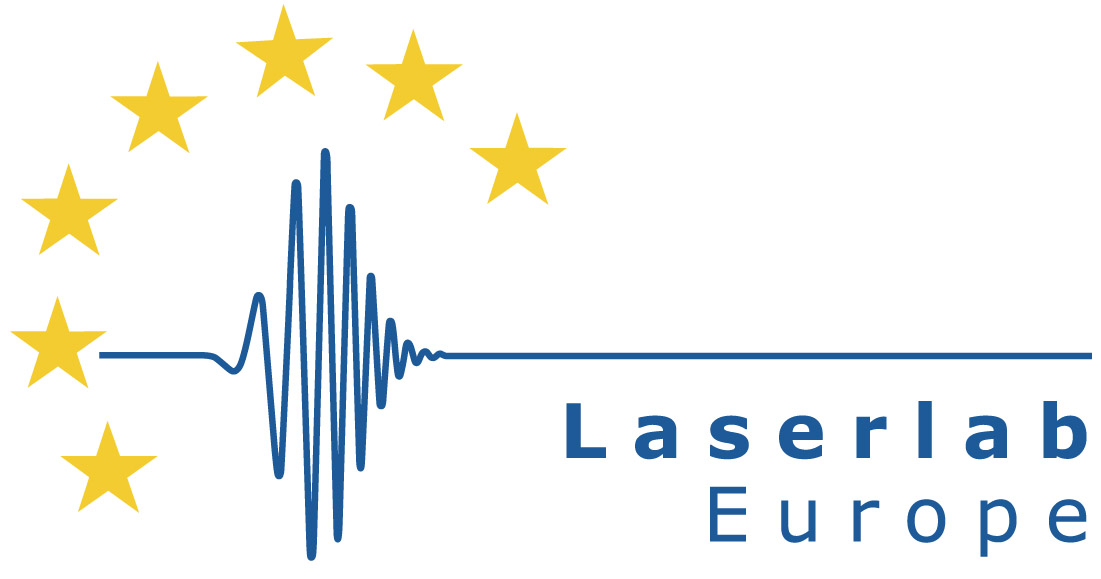OPCPA and High Intensity Laser Physics Facility
Expertise and services: studies of optical parametric amplification in high-energy regime, optical parametric chirped pulse amplification; nonlinear pulse compression techniques; few optical generation and characterization; light-matter interactions at high laser intensities; high harmonic generation and characterization. The prospective application areas of the systems are coherent X-ray emission via high-order harmonic generation, incoherent femtosecond hard X-ray emission in laser-induced plasma, isolated attosecond pulse generation, and attosecond pump-probe spectroscopy.
Laser sources
Home-built TW-class near-IR few-optical cycle optical parametric chirped pulse amplification (OPCPA) system consisting of Yb:KGW laser-pumped noncollinear parametric amplifier fs-NOPA (Light Conversion) front-end and picosecond DPSS Nd:YAG high average power amplifier (APL016, Ekspla) that drives 3 stages of noncollinear BBO-based OPA: central wavelength 850 nm, pulse energy 5 mJ, sub-10 fs pulse duration, carrier-envelope phase stabilization, repetition rate up to 1kHz, with broad capabilities for programmable shaping of pulses and spectra.
Home-built mid-IR optical parametric chirped pulse amplification (OPCPA) system: central wavelength 2100 nm, pulse duration 100 fs, pulse energy 3 mJ, repetition rate up to 1kHz, with broad capabilities for programmable shaping of pulses and spectra; home-built post-compression setup down to ~10 fs (in development).
Amplified Yb:KGW femtosecond laser system (Pharos, Light Conversion): pulse energy up to 500 μJ, pulse duration 200fs, wavelength 1030nm, not synchronized to OPCPA.
On request, the output of OPCPA pump laser (APL016, Ekspla) with “top-hat” spatial profile is available as well: wavelength 1064 nm, pulse energy ~25mJ, pulse duration 70 ps, repetition rate up to 1kHz.
Amplified thin-disc Yb:YAG laser system (Amphos), wavelength 1030 nm, pulse duration 2.5 ps, pulse energy 10 mJ, repetition rate 17 kHz, average power 170 W.
Instruments and accessories
XUV High harmonic generation, detection, and registration system: series of chambers for generation, filtering/refocusing, and sample irradiation vacuum chambers, supporting vacuum down to 10-7 mbar. Pulsed and continuous gas jets for HHG generation, nonlinear compression, and spectroscopy experiments.
XUV spectrometer (McPherson) with cooled bare silicon CCD camera (Andor), spectral range 1-310 nm, resolution 0.1 nm. X-ray spectrometer (Amptek X-123), energy range from 1 to 40 keV.
Time-of-flight electron energy analyzer (Stefan Kaesdorf ETF-11) for measuring energy distributions of photoelectrons in RABBITT, FROG-CRAB experiments.
Hemispherical electron energy analyzer (EA15 XP5 MCP-CCD, PREVAC) for measuring time-resolved photoelectron spectra, XPS and ARPES spectra using VUV/SXR excitation.
Programmable acousto-optic filters (HR45-650-1100 and HR45-1350-2900, FASTLITE) for programmable spectral shaping.
Intense Laser Adaptive Optics Deformable Mirror (ILAO Star 100) with Shack-Hartmann wave-front sensor (Imagine Optics) for nearly-diffraction-limited beam focusing.
Pulse characterization: home-built d-scan and SHG-FROG setups for pulse characterization down to few-cycle duration in the NIR-MIR spectral range; high dynamic range third-order autocorrelator (Sequoia 800, Amplitude Technologies) for pulse contrast measurement.
Flexible optical parametric amplifier prototyping setup: a compact enclosure with a set of components for rapidly testing out various parametric amplifier schemes (motors for crystals and delay stages, etc.)































